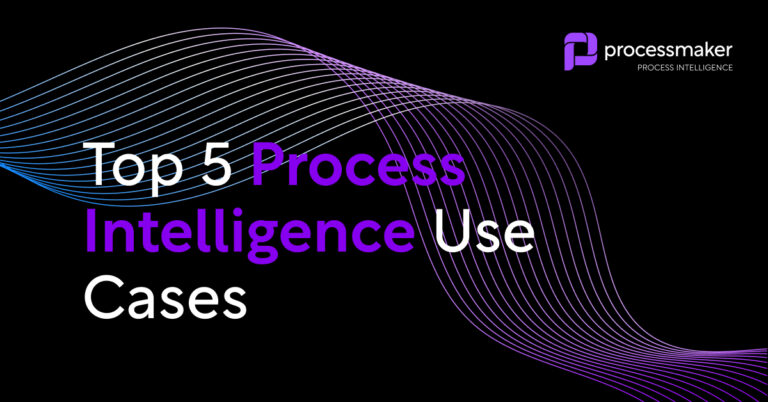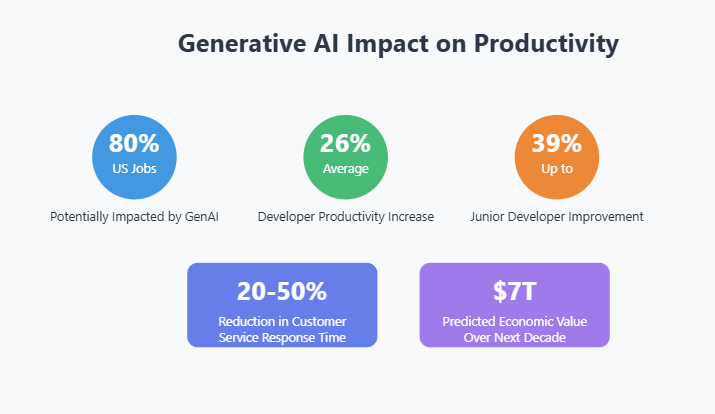In the competitive landscape of insurance, companies continually seek methods to enhance their operational effectiveness. Central to these efforts is optimizing the underwriting process—a key component that directly influences a company’s effectiveness and profitability.
In this article, we’ll explore the insurance underwriting process, the key players involved, its main challenges, and strategies to optimize it, ultimately leading to more accurate insurance premiums and improving business efficiency.
Understanding the underwriting process
Insurance underwriting is the practice of evaluating risks associated with an insurance policy applicant and determining the coverage and pricing for that policy. This process begins with an application where the potential client provides the necessary information. The underwriter then evaluates an applicant’s credit history and financial risk to determine coverage and pricing. The insurance underwriter analyzes this data to gauge the risk involved in insuring the applicant. Based on this analysis, they decide whether to approve the policy and at what premium.
Key players in the underwriting process: the role of the insurance company
The primary participant in the underwriting process is the underwriter. Life insurance underwriting involves assessing personal and medical information to determine risk levels for applicants. They are responsible for analyzing the risk, making coverage decisions, and setting premiums.
Other players include brokers or agents who liaise with clients, risk analysts who aid in risk assessment, and underwriting managers who oversee the entire process. In larger companies, underwriting can also involve actuaries, data analysts, and compliance officers in the process.
The role of underwriters in insurance companies
Underwriters play a pivotal role in insurance companies, acting as the gatekeepers of risk management. Their primary responsibility is to evaluate the risk of insuring a particular individual or entity, which involves a thorough analysis of various risk factors. By assessing the likelihood of a claim being made, underwriters determine the appropriate premium to charge, ensuring that the insurance company remains financially sound while offering competitive coverage.
In the insurance industry, underwriters must balance the need to provide coverage to customers with the necessity of protecting the company’s financial interests. This requires a deep understanding of the insurance products they are underwriting, as well as the regulatory requirements that govern the industry. Their expertise and analytical skills are crucial in making informed decisions about whether to offer a policy and at what price.
Key responsibilities of underwriters in insurance companies include:
- Evaluating insurance applications and determining the risk of insuring a particular individual or entity.
- Assessing the likelihood of a claim being made and setting the premium to cover that risk.
- Conducting comprehensive risk assessments and making recommendations to management about policy offerings.
- Staying current with industry trends and regulatory requirements to ensure competitiveness and compliance.
- Collaborating with other departments, such as claims and marketing, to align the company’s products and services with customer needs.
Overall, the role of underwriters is critical to the success of an insurance company. By carefully evaluating risk and making informed decisions about coverage and pricing, underwriters help protect the company’s financial interests while providing valuable products and services to customers.
Challenges in the underwriting process: issues in risk assessment
Several challenges can impede the efficiency and effectiveness of the underwriting process. Evaluating an applicant’s medical history can be complex and time-consuming, adding to the challenges of the underwriting process. Understanding these challenges is the first step towards improving the process and enhancing productivity:
- Regulatory changes: The insurance industry is heavily regulated. As these regulations change, the underwriting process must adapt to remain compliant. Keeping up with these changes and integrating them into existing processes can be a major challenge.
- Dependence on manual processes: Many underwriting tasks are still performed manually, such as data entry and initial risk assessments. This dependence on manual processes slows down the underwriting process, increases the likelihood of errors, and can lead to inconsistency in decision-making.
- Complex and outdated processes: Some underwriting procedures have evolved over many years, becoming convoluted and outdated. These complexities can slow down the process, making it harder for underwriters to assess risks effectively and efficiently.
- Lack of standardized procedures: In the absence of standardized procedures, underwriters may follow different approaches to risk assessment. This lack of consistency can lead to inaccuracies and inefficiencies, making it difficult to track performance or ensure quality across the board.
- Technological Integration: As technology evolves, integrating it into the existing underwriting process with outdated IT systems can be a significant challenge.
Streamlining the underwriting process: identifying and improving bottlenecks
Improving the insurance underwriting process necessitates identifying and addressing bottlenecks that often occur due to manual data entry, inconsistent procedures, or inadequate training. Similar to loan underwriting, the insurance underwriting process can benefit from process improvement technologies. By incorporating process improvement technologies and methodologies, companies can systematically identify these bottlenecks and devise strategies to eliminate them.
Process excellence as a key to streamlining underwriting processes
Process excellence plays a pivotal role in enhancing the underwriting process. Process excellence is also crucial in securities underwriting, where investment banks assess risks and price securities. It emphasizes continuous improvement, consistency, and customer-centricity—all crucial for an effective underwriting process. By providing end-to-end process visibility, process excellence tools allow underwriters to consistently deliver quality work, make accurate risk assessments, and offer competitive pricing to customers.
Companies can gain a clear visual representation of their underwriting process, identifying areas of inefficiency or redundancy. Process excellence technologies like ProcessMaker have tools specifically for the insurance industry that can provide automatically generated improvement and automation recommendations. This can lead to a more streamlined, efficient process that ultimately benefits both the company and the customers it serves.
Moreover, adopting a process excellence mindset promotes a culture of continuous improvement. This encourages underwriters to consistently evaluate their performance and strive for improvement, further enhancing the effectiveness of the underwriting process.
Conclusion
Optimizing the underwriting process is integral to the efficiency and profitability of life insurance policies and any insurance company’s operations. By identifying and improving bottlenecks, incorporating automation, and adopting a process excellence approach, companies can streamline their underwriting process, enhancing their competitiveness in the ever-evolving insurance landscape.
Want to see how this applies in a practical insurance underwriting context? Request a demo today.





